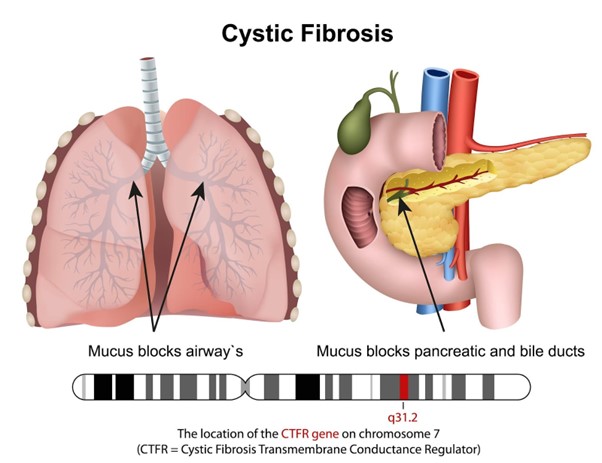A nurse is planning care for a client who has a prescription for continuous enteral feedings through an NG tube.
Which of the following actions should the nurse plan to take?
Measure gastric residual volumes every 4 hr.
Advance the rate of the feeding every 2 hr.
Maintain the head of the bed at a 20° angle.
Flush the NG tube with 30 mL 0.9% sodium chloride before and after medication
The Correct Answer is A
The correct answer is choice A. Measure gastric residual volumes every 4 hr.
This is because continuous enteral feedings through an NG tube can increase the risk of aspiration, which is the inhalation of food or fluids into the lungs. Measuring gastric residual volumes (GRV) can help monitor the tolerance and absorption of the feedings and prevent overfeeding. GRV is the amount of fluid aspirated from the stomach via an enteral tube to check for gastric emptying. The normal range of GRV is less than 200 ml.
Choice B is wrong because advancing the rate of the feeding every 2 hr can lead to overfeeding, abdominal distension, nausea, vomiting and diarrhea.
The rate of the feeding should be adjusted according to the client’s nutritional needs and tolerance.
Choice C is wrong because maintaining the head of the bed at a 20° angle is not enough to prevent aspiration. The head of the bed should be elevated at least 30° to 45° during and for at least one hour after feeding.
Choice D is wrong because flushing the NG tube with 30 mL 0.9% sodium chloride before and after medication is not related to continuous enteral feedings. This is a practice to prevent clogging of the tube and ensure proper delivery of medication. Flushing the tube with water before and after feeding is also recommended to maintain patency and hydration.
Nursing Test Bank
Naxlex Comprehensive Predictor Exams
Related Questions
Correct Answer is B
Explanation
The correct answer is B.
Choice A reason: Completing oral hygiene is important for overall health, especially for individuals with cystic fibrosis, as they are at a higher risk for dental problems due to thick mucus that can harbor bacteria. However, oral hygiene does not have a direct impact on the effectiveness of postural drainage. Postural drainage is a technique used to clear mucus from the lungs, and while maintaining oral hygiene is beneficial, it is not a prerequisite for this procedure.
Choice B reason: Using a bronchodilator, such as an ibuterol inhaler, is recommended before postural drainage because it helps to open the airways, making the procedure more effective. Bronchodilators work by relaxing the muscles around the airways, which can become constricted in conditions like cystic fibrosis. This relaxation allows for easier clearance of mucus during postural drainage.
Choice C reason: Pancrelipase is an enzyme supplement used to aid digestion in patients with cystic fibrosis, who often have pancreatic insufficiency. While taking pancrelipase is crucial for nutrient absorption, it is not specifically related to the respiratory treatment of postural drainage. Therefore, it is not necessary to take pancrelipase immediately before this procedure.
Choice D reason: Eating a meal before postural drainage is not recommended. The procedure involves placing the body in positions that facilitate the drainage of mucus from the lungs due to gravity. Having a full stomach can cause discomfort, increase the risk of vomiting, and may hinder the effectiveness of the drainage. It is best to perform postural drainage when the stomach is empty, either before meals or at least 1.5 hours after eating.

Correct Answer is C
Explanation
The correct answer is choice C. Holding the client’s eyes shut for a few seconds.
This is because the eyes of a deceased client do not close naturally and may remain open after death. Holding them shut for a few seconds helps to keep them closed and prevent drying of the corneas.
This also gives a more peaceful appearance to the client’s body for the family visit.
Choice A is wrong because crossing the client’s arms across their chest is not a standard postmortem care procedure. It may also interfere with the placement of identification tags on the wrists.
Choice B is wrong because placing the client in a high-Fowler’s position is not necessary or appropriate for postmortem care. The client should be placed in a supine position with the head of the bed elevated to prevent livor mortis (purple discoloration of the skin) on the face.
Choice D is wrong because removing the client’s dentures from their mouth is not recommended for postmortem care. The dentures should be left in place to maintain the shape of the face and prevent the jaw from dropping.
Normal ranges are not applicable for this question as it does not involve any physiological measurements.
Whether you are a student looking to ace your exams or a practicing nurse seeking to enhance your expertise , our nursing education contents will empower you with the confidence and competence to make a difference in the lives of patients and become a respected leader in the healthcare field.
Visit Naxlex, invest in your future and unlock endless possibilities with our unparalleled nursing education contents today
Report Wrong Answer on the Current Question
Do you disagree with the answer? If yes, what is your expected answer? Explain.
Kindly be descriptive with the issue you are facing.
